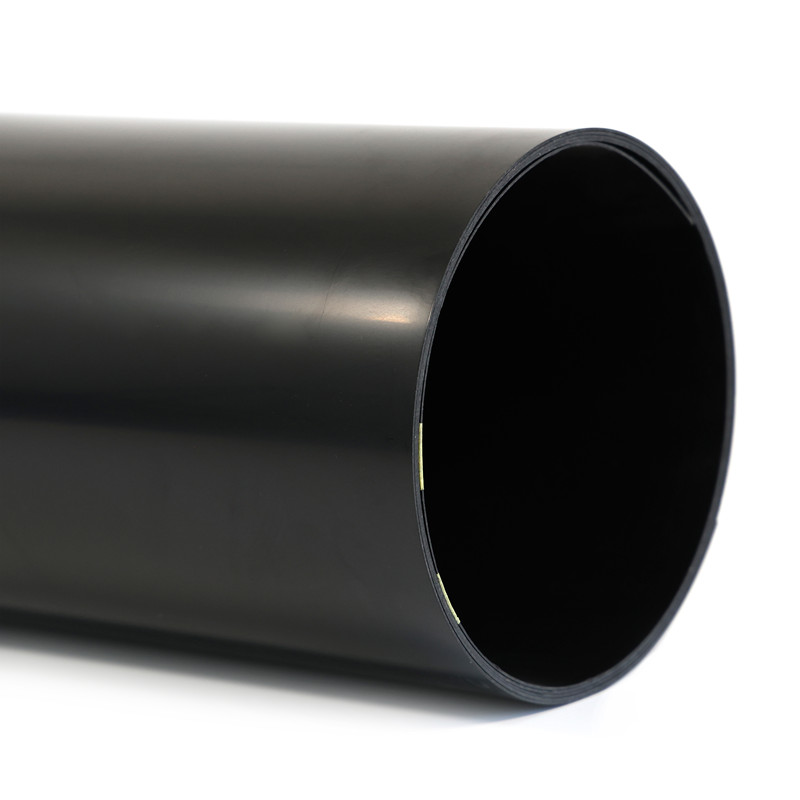Antistatic PS Sheet, a modified form of polystyrene (PS) sheet, is engineered to suppress static electricity accumulation on its surface. Unlike conventional PS sheets— which are inherently insulating and prone to static buildup due to friction or environmental factors—antistatic PS sheets integrate specialized additives or treatments to enable controlled electrical conductivity, preventing electrostatic discharge (ESD) and electrostatic attraction (ESA) of dust, lint, or other small particles. This makes them indispensable in industries where static damage or contamination poses risks.
Antistatic PS sheets retain most of the intrinsic advantages of standard PS while adding critical antistatic functionality. Its core properties include:
Optical Clarity: Maintains PS’s excellent transparency (up to 90% light transmittance), making it ideal for applications requiring visibility (e.g., product packaging, display cases).
Mechanical Processability: Easy to cut, bend, thermoform, and print—compatible with standard plastic processing equipment, reducing production costs.
Controlled Surface Resistance: Typically ranges from 10⁸ to 10¹¹ Ω/sq (ohms per square), a key metric for antistatic performance. This range prevents excessive static buildup without making the material overly conductive (which could cause other electrical issues).
Chemical Resistance: Resistant to mild acids, alkalis, and common solvents (e.g., ethanol), ensuring durability in everyday use.
Lightweight: Low density (≈1.05 g/cm³), similar to standard PS, making it suitable for lightweight packaging and components.
The antistatic performance of PS sheets is achieved through two primary approaches, depending on application needs:
Permanent Type: Antistatic additives (e.g., conductive polymers, carbon-based fillers like carbon black, or metallic oxides) are blended into the PS resin during extrusion. These additives form a continuous conductive network within the material, ensuring long-lasting antistatic effects—even after repeated cleaning or wear.
Semi-Permanent Type: Hydrophilic antistatic agents (e.g., ethoxylated amines) are mixed into the resin. Over time, these agents migrate to the sheet’s surface, absorbing moisture from the air to form a thin conductive film. While cost-effective, their performance depends on environmental humidity (optimal 40–60% RH) and may diminish with frequent wiping.
A thin conductive coating (e.g., water-based acrylics with conductive fillers, or silicone-based antistatic layers) is applied to the surface of extruded PS sheets. This method offers immediate antistatic effects and is often used for low-volume or specialized applications where internal modification is impractical.





